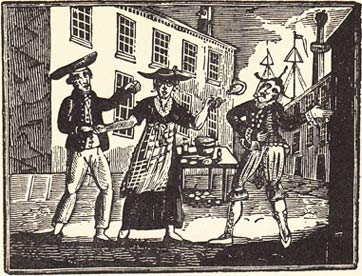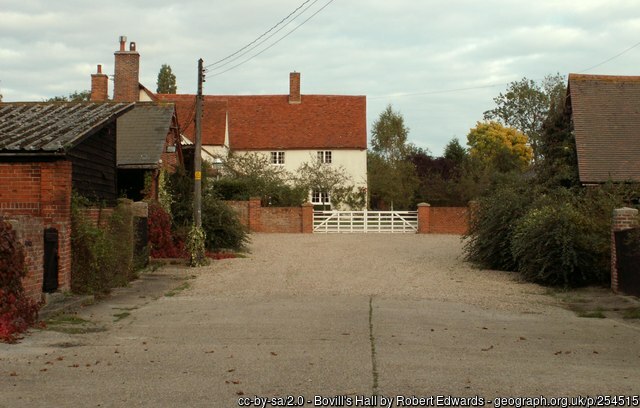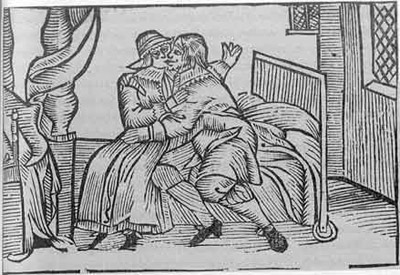Nearly 1,000 marriages for Harwich added, covering 1560-1665. These transcriptions include people from Essex, Suffolk, Harwich, and even Newcastle!
Another update for Frating, Essex
I’ve just added over 200 marriages from the earlier Frating register, bringing transcriptions of Frating marriages from 1560-1837. And that’s all for now from Frating. Stay tuned for more transcriptions from Harwich and further afield!
Early baptisms for Frating now online!
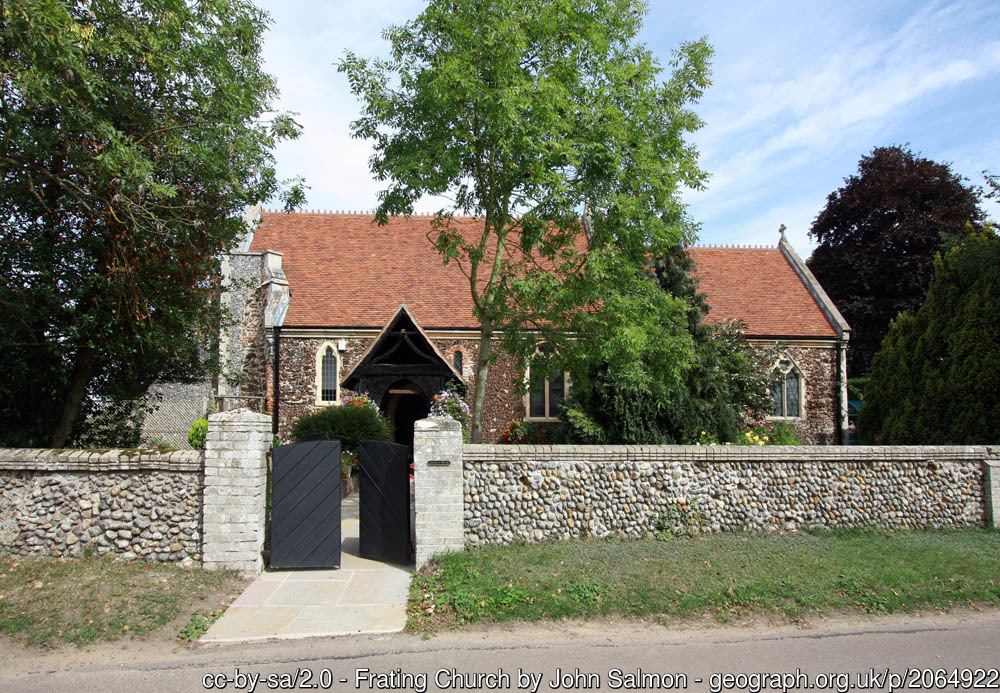
Nearly 500 baptisms for Frating, Essex, from 1560 to 1694, now transcribed!
It was all going well until the vicar decided to write everything in Latin…
I’m currently transcribing the earliest register for Harwich in Essex, which starts in 1559. It began well, but someone with bad handwriting took over a few years in, then I had to deal with bad handwriting and faded pages. But once that was out of the way, I had nice clear ink and clear handwriting. Wonderful! It was all going well, and then…
…the vicar decided to write everything in Latin.
I got a C for GCSE Latin, which isn’t a grade I’m proud of, but at least that, plus French and Spanish lessons means that I’m not as foxed as I might otherwise be. It’s fairly obvious that “baptizata fuit” or “baptizata est” means “was baptised”. Other terms might crop up, such as conjuncti fuerant, “were joined in marriage” (hence “conjugal”), “nupti erant,” were married (hence “nuptials”), “uxorem duxit” – “he took to wife” (“the farmer takes a wife”). And once the baptisms and marriages are done and dusted, we end up “sepultus” or “sepulta” – buried.
What can be quite difficult is the fact that the names are all Latinised! So here’s my run-down of Latinised names and what to look out for:
Continue reading →Great Clacton baptisms update
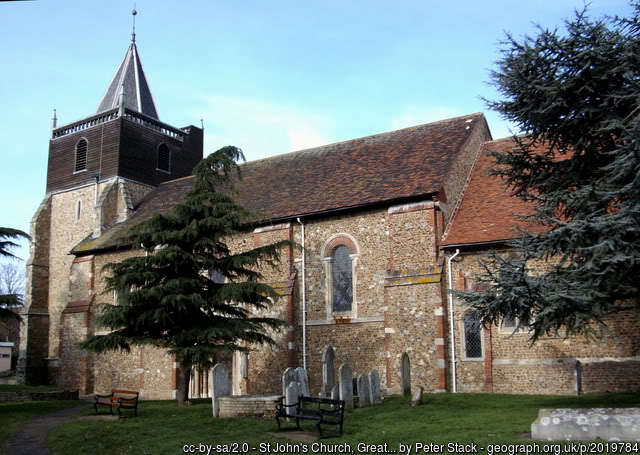
Over 1,600 baptisms added for Great Clacton between 1711-1785. There’s now over 5,000 baptisms for the parish on this site!
Great Clacton update
Nearly 2,000 burials for Great Clacton from 1544-1710 now at Essex & Suffolk Surnames! More to follow.
The Hubbards of Bovills Hall
I’m currently transcribing Little Clacton’s parish register. When I spotted Hubbards in the register, my interest was piqued as my 12 x great-grandfather, Ralph Starling, had been married to Margaret Tendring, and Margaret’s first husband was called Richard Hubbard. Her second husband, John Thurston, had lived in Frinton, so I wondered if there was a connection between Margaret’s first husband, and the Hubbards in Little Clacton.
I can’t find any obvious links between Margaret’s husband and the Little Clacton Hubbards, but I wouldn’t be surprised if there’s a link somewhere. So here’s what I’ve found out about them.
Continue reading →Prudence, the unhappy bride
TW: suicide
I’m currently transcribing Little Clacton’s earliest register, which survives from 1538.
On 15 August 1592, Clement Fenn, a single man, married Prudence, the widow of Nicholas Lambert of Little Clacton Lodge. Nicholas had been buried on 22 June that same year, so Prudence hadn’t been a widow for long by the time that she married Clement. That said, such a short distance between a spouse’s death and another marriage wasn’t all that unusual at the time – in 1560, at the same church, Reginald Wignall had married Elizabeth Hurrey on 25 May, then was at the altar again on 2 September when he married Joane Bashe, his second wife.
Continue reading →Great Clacton updates
Lots of Great Clacton updates coming your way! First of all, marriages from 1544 to 1710.
Update for Colchester St Leonard’s in the Hythe
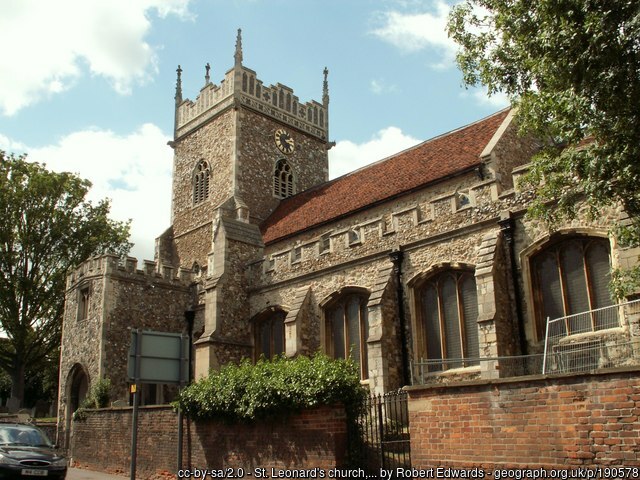
Over 2,000 baptisms and over 1,500 burials for Colchester St Leonard’s at the Hythe, from 1813 to the 1870s.

